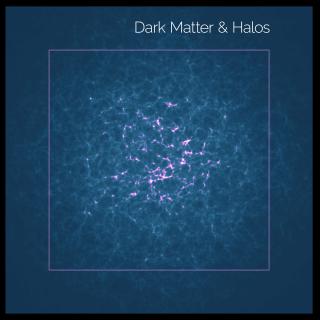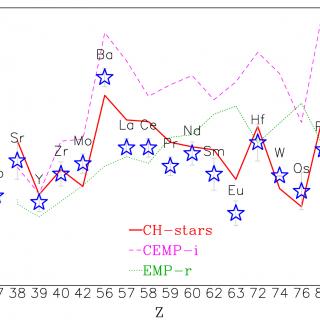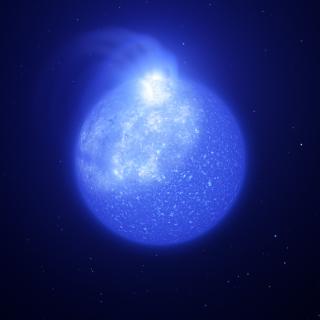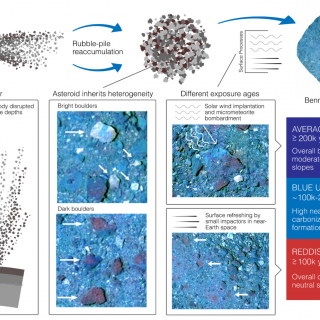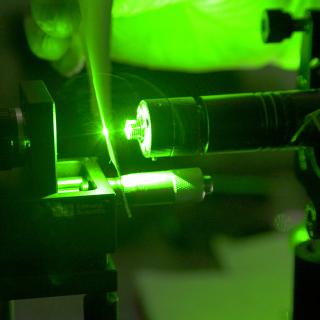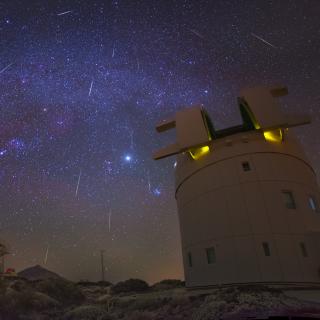
During the nights of 12th and 13th of December we will enjoy the peak of the Geminid meteor shower. This will be broadcast live from the Teide Observatory (Tenerife) and from the Roque de los Muchachos Observatory ( La Palma) via the sky-live.tv channel, with the collaboration with the Energy Efficiency Labs (EELabs project of the Instituto de Astrofísica de Canarias (IAC) and the Programme of Astronomical Outreach of SODEPAL and the Innovation Service of the Cabildo Insular of La Palma. During the past decade the Geminids have always bid farewell to the year by producing over 100 meteors
Advertised on
